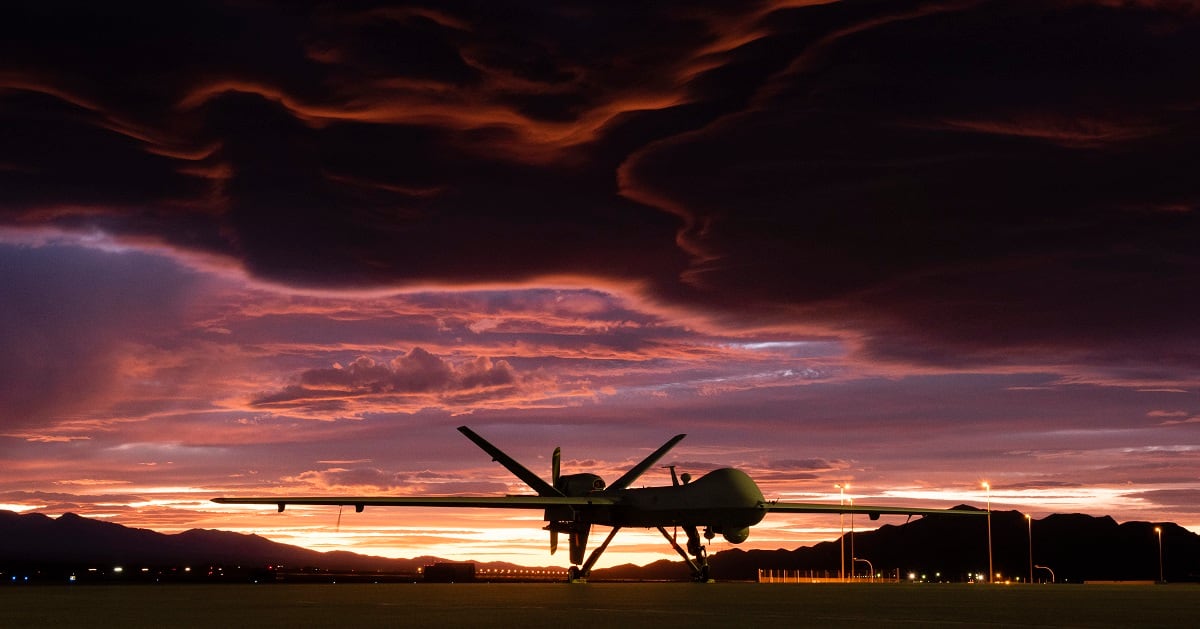WASHINGTON — The Pentagon’s top weapons acquisition official on Thursday called for another review of what defense technology is export-restricted, in an attempt to ensure the United States remains a defense technology provider of choice for other nations.
Speaking at an event hosted by the Reagan Foundation, Ellen Lord said she has in recent months become “passionate” about revisiting export controls.
“In the next six months, I very much hope to open the envelope, particularly on some of the weapons technology that we can export,” Lord said.
“I am concerned that sometimes we are losing international competitions, because we have — as we have increased our capability, we have not increased the capabilities that we export in a commensurate fashion,” she added. “And we sometimes are having some of our potential customers, typically in the Mideast turn to Russia or China — you see the same thing in India, for instance.”
Export control reform is hardly a new issue. In 2018, the Trump administration unveiled new defense export policies that it said should increase sales of U.S. weapons abroad; during the rollout, officials used some of the same phrasing about the need to think “strategically” as Lord did on Thursday.
And in a process that started under the Obama administration and continued into the Trump administration, the U.S. State Department reviewed the 21 categories on the U.S. Munitions List, moving thousands of pieces of technology into categories that allow for straight commercial sales without a government review.
RELATED

Many of those technologies that were reviewed are systems that are no longer unique to America, or are so prevalent in commercial systems that to restrict them would be to harm broad swathes of American industry. But Lord’s comments indicated that she feels not enough has been done in the realm of making it easier to export defense items.
“We are having a very focused discussion on: Let’s rethink this from a strategic point of view” she said. “A lot of this technology — frankly, the magic sauce is in the manufacturing of it, the technical data package doesn’t always give it to you. So obviously we have to make sure we’re very careful not to have things that could be disassembled and understood and so forth.”
Lord also noted a desire to “beef up” the National Technology and Industrial Base, or NTIB, which currently covers Canada, the United Kingdom and Australia. Countries in the NTIB are considered part of the American defense industrial base, making it easier to collaborate on materiel.
The U.S. remains the largest arms exporter in the world. Per data from the Stockholm International Peace Research Institute, America represented about 35 percent of all arms exports from 2015-2019; Russia, at 18 percent, was a distant second.
Aaron Mehta was deputy editor and senior Pentagon correspondent for Defense News, covering policy, strategy and acquisition at the highest levels of the Defense Department and its international partners.







